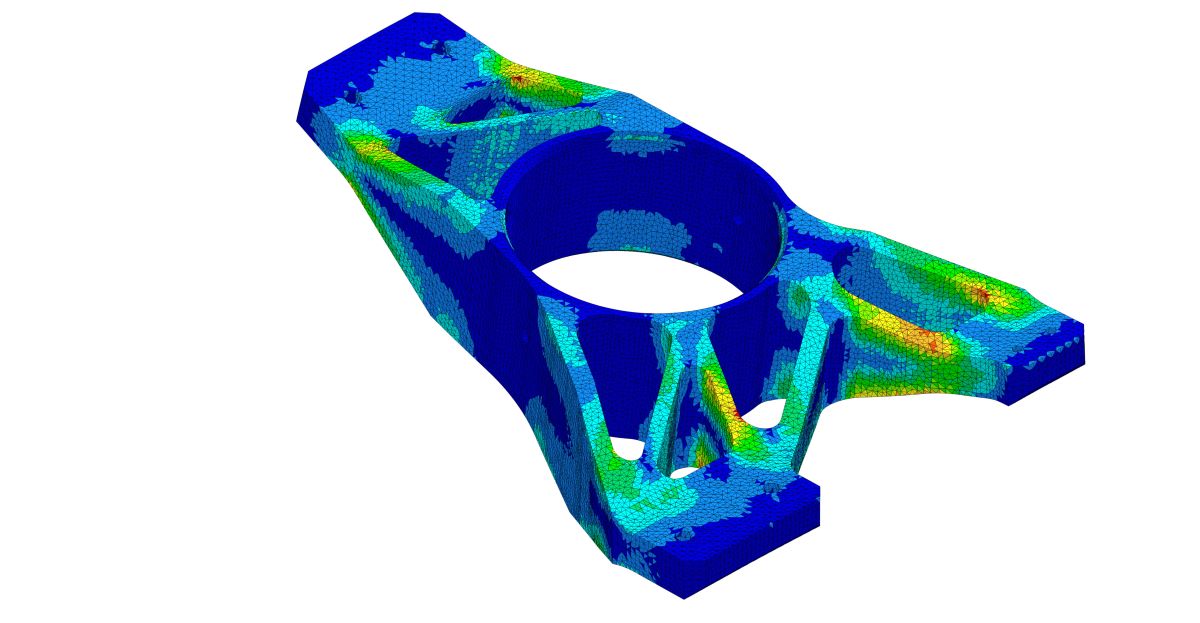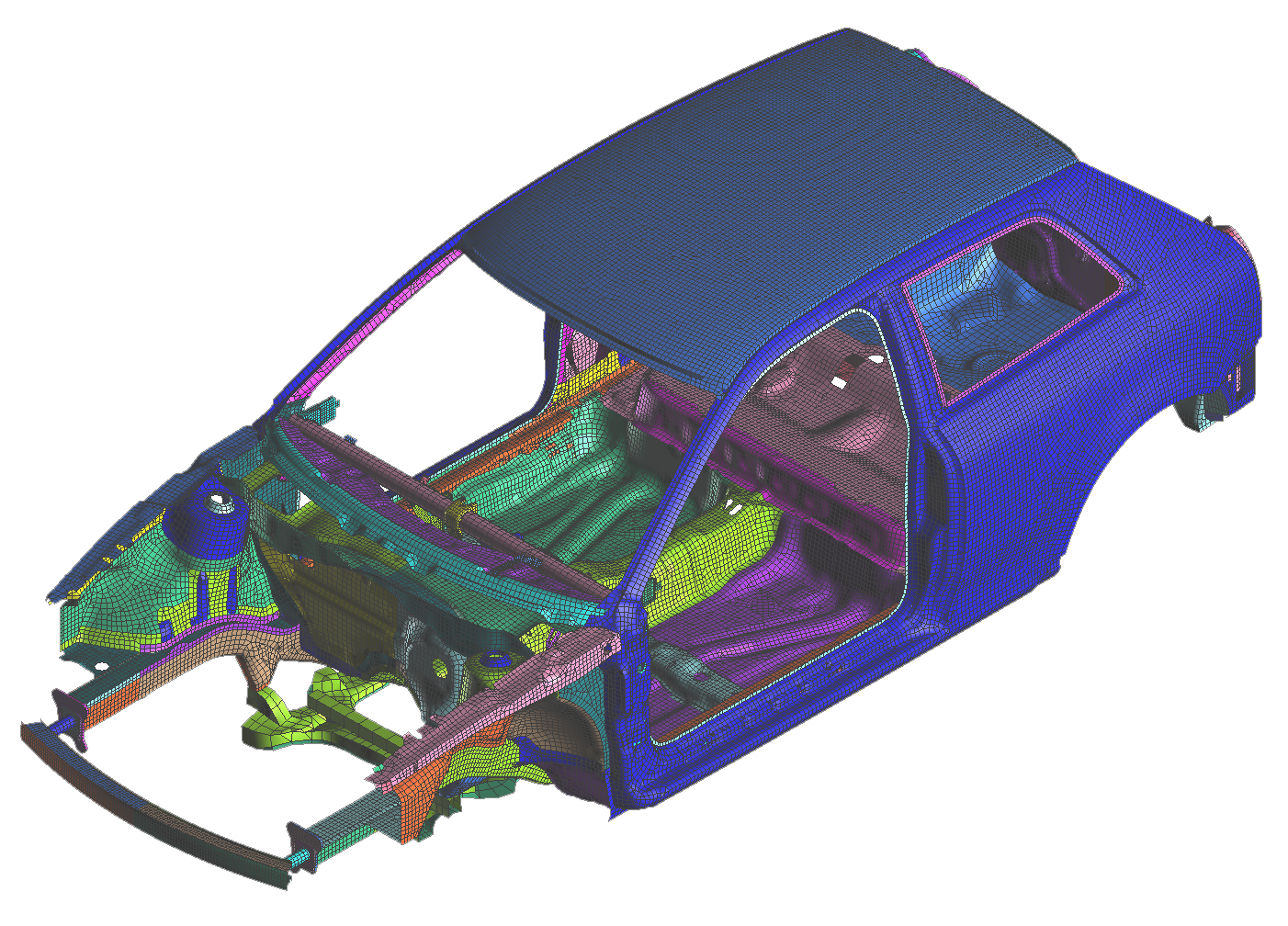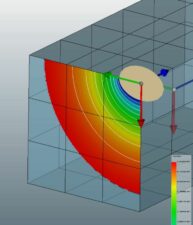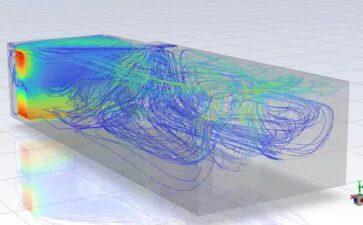
What is structural analysis and design?
An insight into structural analysis and structural design, including the differences between the two sub-disciplines.
Engineering is a vast practice and it is made up of different disciplines, namely chemical, civil, electrical, and mechanical engineering. Structural engineering is a sub-discipline of civil engineering, whereby structural engineers design the form and shape of man-made structures.
At DOCAN we specialise in structural analysis and design, two fundamentals of the structural engineering practice. In this short piece, we look to introduce both concepts to the general reader and give some insight into how we can help.
This article will cover:
- What is structural analysis?
- What is structural design?
- Structural analysis with CivilFEM
- How DOCAN can help
If you have a structural analysis & design project requirement, get in touch with the DOCAN team.
What is structural analysis?
When new structures are conceptualised there are a whole host of factors that need to be considered from the outset. A structure’s ‘ability to operate under applied loads’, or more simply, how it will cope under strain and stress, is a key one.
Guided by mechanical theory and obeying physical laws, structural analysis sets out to predict the behaviour of a structure vs. load. Structural analysis is commonly used on structures that are judged on their ability to bear loads. As a practice, it aims to assess the integrity of a conceptual structure by computing stresses and potential deformations.
In a structural analysis problem, the following properties may be given:
- Cross-sectional dimensions
- Number of reinforcement members
- Reinforcement diameter
- Location of the reinforcement
- Material mechanical properties
Structural analysis is a hugely important step in a construction or review process. Without undertaking this work there will be no proof of structural soundness, meaning buildings and vehicles would be manufactured without key load bearing points scrutinised for effectiveness. It confirms the resistance, strength, and adequacy of a structure, therefore.

What is structural design?
While structural analysis deals with the calculations and observations of load and stress, structural design decides the dimensions of the structural members by using those structural analysis findings.
Once the above has been confirmed, projects can then move into the phase of structural design. The objective of structural design is to produce a structure capable of resisting all applied loads without failure.
Structural engineers aim to find out the safest and most cost-effective structure specifications, accounting for the use of materials, geometry, technology, and structural member size – all whilst maintaining that the structure remains strong, stable, and rigid enough to carry loads of structure during its life period.
Structural design requires a balanced mixture of imagination and critical thinking, combining a sound knowledge of basic mechanics, physics, material chemistry, and knowledge of modern design standards and codes of practice.

Structural analysis with CivilFEM
CivilFEM is tailor-made for civil engineers that work on structural problems like earthquake analysis with basic non-linearities and dynamics.
By identifying solutions and reducing the risks involved in more innovative construction processes, CivilFEM can dramatically improve the efficiency of the structural design and analysis process
Key capabilities of the software include:
Design Verification
Design verification is built into CivilFEM, according to international reinforced concrete and structural steel standards, as well as other civil engineering standards. It produces reliable and verified analysis results.
Structural Analysis Output
Specific civil engineering structural analysis output such as load path history, automatic response spectrum for seismic analysis, and nonlinear time history analysis are fully supported.
Efficient Model Generation
Model generation is highly efficient because of the library of materials and hot-rolled structural steel sections, included in CivilFEM. Highly accurate solutions are possible because all material properties are time-dependent, and allow the definition of true stress-strain diagrams and advanced nonlinear behaviour.
Read more about CivilFEM here.
How DOCAN can help
Structural analysis and structural design are sub-disciplines that fall well within our remit and expertise as an engineering consultancy. At DOCAN we have developed a team of engineers that can draw upon a number of years of experience in civil and structural engineering. We also have access to a wider network of associate engineers, giving us specialist insight when the project demands it.
As experts in the field, we are also positioned strongly to provide training on these sub-disciplines, primarily in relation to the application of the Hexagon software suite. You can read more about this here: GT STRUDL structural analysis software.
To read more about our engineering simulation and analysis, or our engineering design and assessment consultative services simply click the relevant link.
To contact us directly in relation to a project or training enquiry you can use our contact form or call us on UK: +44(0)1606 212330 / USA: +1 888 874 0964





